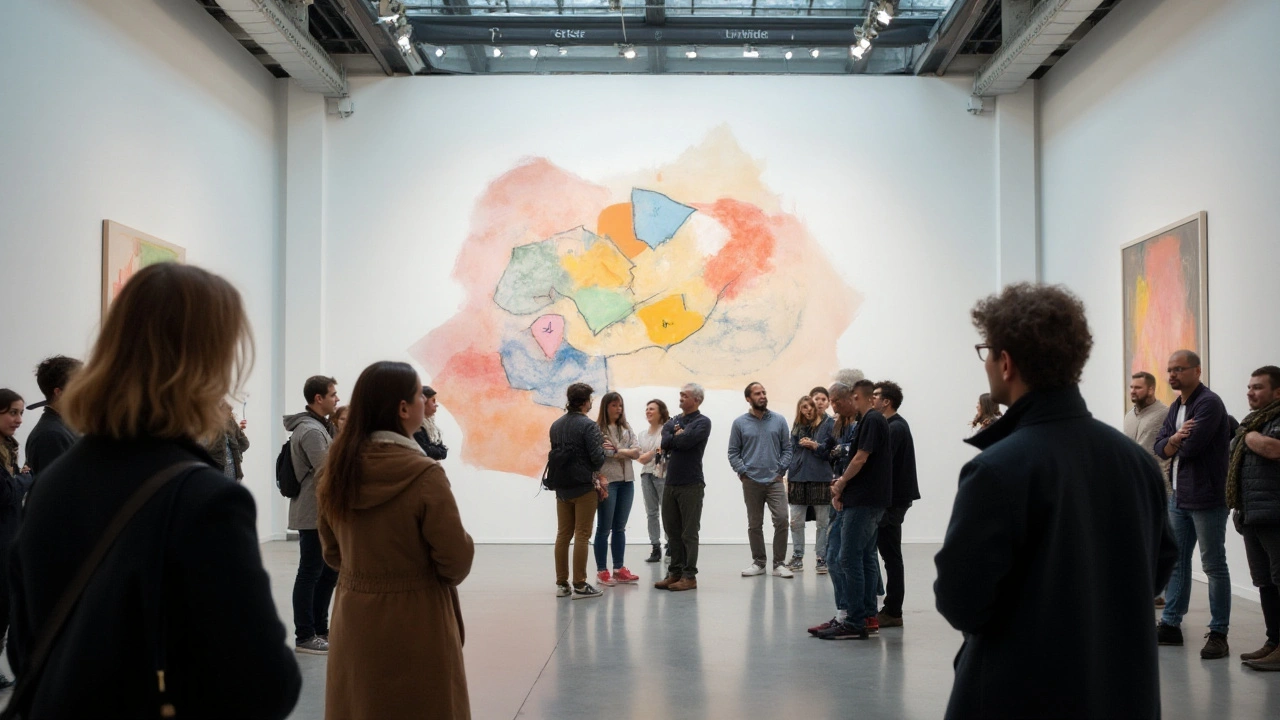Art Impact: How Art Shapes What We See, Feel, and Use
Art isn’t decoration—it's a force that changes behavior, memory, and how places work. Walk past a mural or into a renovated plaza and you’ll probably stay longer, take photos, or tell a friend. That shift is art at work: shaping movement, mood, and meaning.
How art changes places and culture
Look at the Harlem Renaissance: creative work rewired a neighborhood’s identity and gave a whole community a louder voice. Or think about Bauhaus—its simple, useful designs changed furniture, buildings, and even websites. Movements like Constructivism and Fluxus pushed art into politics and daily life, so you see their fingerprints beyond galleries—on posters, apps, and public events.
Public and land art do the same in cities. A single sculpture or clever landscape piece can turn a dull square into a meeting spot, guide how people move, and influence local businesses. Futurism and smart-city ideas bring art and tech together, making spaces feel more modern and useful. Installation art and photorealism change how we relate to images and scale—some works surprise us, others make us question what’s real.
How you can spot and use art's impact
Want to notice art’s effect? Watch where people gather, what they photograph, and which streets feel lively. Check local projects: murals, temporary installations, or reworked parks tell you how art is shaping a place. Museums and historic movements—like Baroque drama or Cubist breaks—show how style shifts spread into design and culture.
You can use art to shape your life and surroundings right now. Pick one wall for a bold piece to change a room’s mood. Choose furniture with Bauhaus ideas—functional, clean lines—to simplify daily routines. Support a local artist for a small public mural or pop-up work; even temporary pieces change how people use a space.
If you run a business, add site-specific art to invite people in and create shareable moments. For community groups, start a mural project or weekend installations to test ideas fast. For personal choices, match art to function: calming pieces in a bedroom, energetic works in a studio, or interactive pieces in kids’ areas.
Art’s impact also carries meaning. Some movements aimed to provoke or heal. Expressionism shows raw feeling. Primitivism and Fluxus challenged who gets to make art. Knowing the story behind a piece helps you use it smarter—whether you want to spark debate, comfort people, or simply make a place work better.
Art changes how we move, what we remember, and how we relate to each other. Look around with that in mind and you’ll start spotting its fingerprints everywhere—from city plazas to the couch in your living room.

